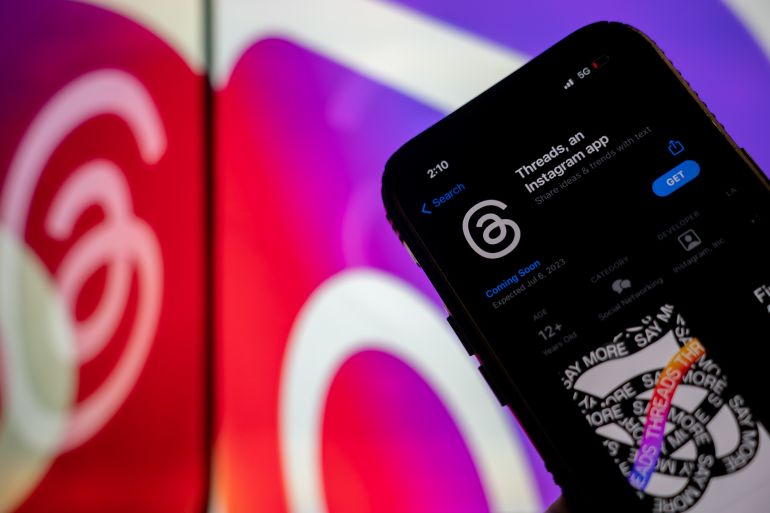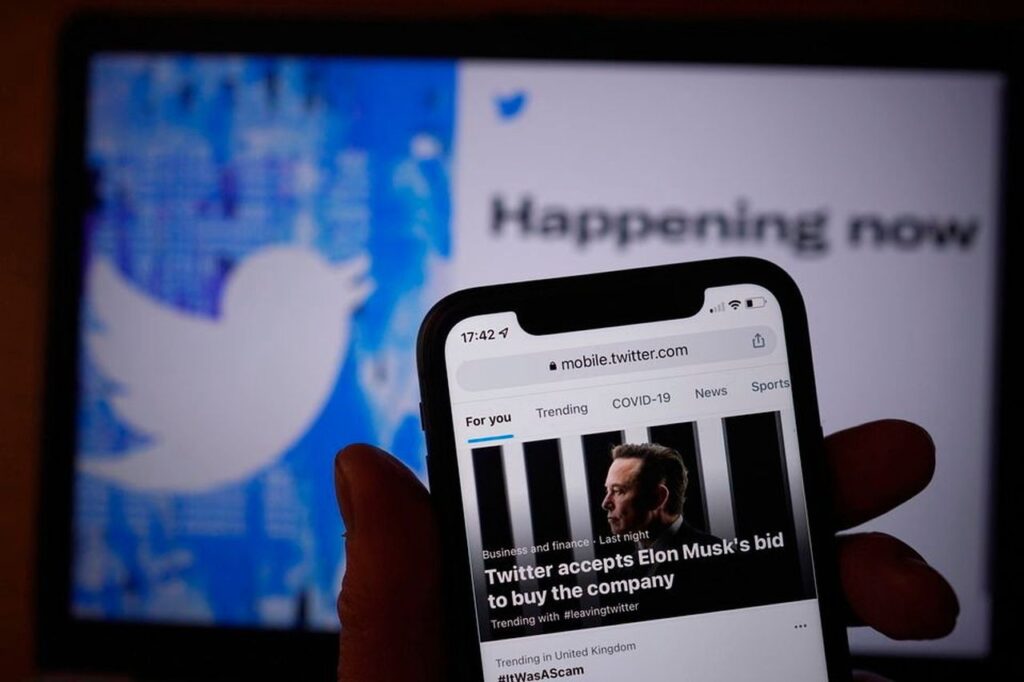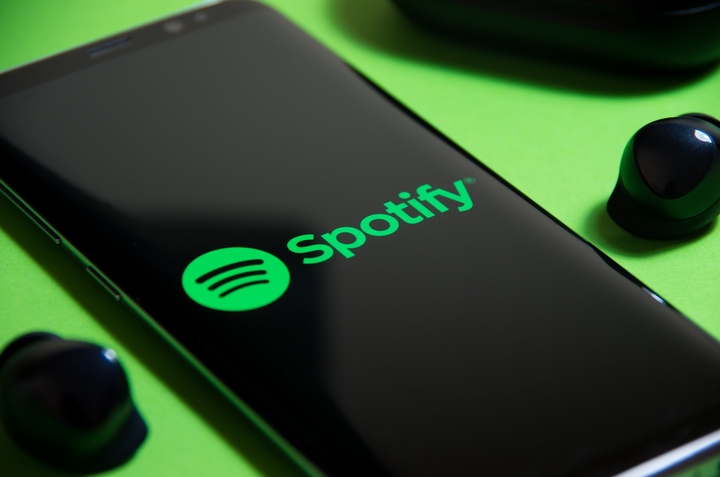Meta’s Threads Is Here. What It Is and How to Use It
Meta, the parent company of Instagram, has recently unveiled Threads, a new app that aims to compete with Twitter by offering a text-based conversation platform.
Users can sign in to the app using their Instagram credentials, ensuring a seamless transition and allowing them to keep their existing username, followers, and verification status intact.

Threads offer users the ability to post text, videos, and photos, fostering real-time conversations and interactions. In an impressive feat, the app garnered 2 million signups within its first two hours, followed by an additional 10 million signups within seven hours, according to Meta CEO Mark Zuckerberg. These numbers highlight the initial interest and potential popularity of Threads among users.
Also Read: Has Xbox really lost the console wars?
The app allow users to publish short posts or updates with a character limit of up to 500. Additionally, users can include links, photos, or videos of up to 5 minutes in length. The app is tightly integrated with users’ Instagram accounts, enabling easy sharing of Threads posts to Instagram stories or as links on other platforms, as per Meta’s claims.
The Threads feed includes posts from both people and accounts that users follow on Instagram and Threads, providing a consolidated view of content from their network. Additionally, the app offers recommendations for undiscovered content, expanding users’ exposure to new and interesting posts.
To further personalize the experience, users can filter specific words from their feed and have control over who can mention them, ensuring a tailored and comfortable environment.
Threads is available as a free download on both the Apple App Store and the Google Play Store. To join Threads, users must have an Instagram account and log in using their Instagram credentials.
While the app carries over users’ Instagram usernames, it also allows users to create customizable profiles. Users under 18 years old in the UK will have a default private profile, ensuring their privacy and safety.
Transitioning to Threads is made convenient for Instagram users as they can easily follow the same accounts they already follow on Instagram with just a few clicks. This feature eliminates the need to start building their following list from scratch. When creating a post or “Thread,” users can choose the desired visibility, whether it’s shared with their entire audience or limited to their followers.
Also Read: Is Spotify considering full-length music videos on its app?
Threads include several essential features that users have come to expect from social media platforms. Users have the ability to unfollow, report, block, or restrict profiles, and these options can be accessed through the three-dot drop-down menu.
Furthermore, the app ensures that profiles blocked on Instagram are automatically blocked on Threads as well. Other notable features include screen reader support and AI-generated image descriptions, enhancing accessibility and inclusivity.
Meta has expressed its commitment to making Threads compatible and integrative with other apps supporting the ActivityPub protocol, such as WordPress and Mastodon. The company envisions a future where Threads posts can be accessed by users of compatible apps, irrespective of whether they have a Threads account, enabling broader connectivity and engagement.

I am a law graduate from NLU Lucknow. I have a flair for creative writing and hence in my free time work as a freelance content writer.




